Discover the streamlined admission process for M.Tech in Energy and Environmental Management. Secure your future today
Admission Process for M.Tech in Energy and Environmental Management
Pursuing a Master's in Technology (M.Tech) in Energy and Environmental Management is a significant step towards a rewarding career in sustainability and environmental conservation. This interdisciplinary program equips students with the knowledge and skills to address pressing global issues related to energy production, resource management, and environmental protection. The admission process for this program typically involves several stages, including eligibility criteria, entrance exams, application procedures, selection criteria, and final enrollment.
1. Eligibility Criteria:
The first step in gaining admission to an M.Tech program in Energy and Environmental Management is to ensure that you meet the eligibility criteria set by the university or institution offering the program. Generally, the following requirements are common:
• Bachelor's Degree: You must hold a Bachelor's degree in a relevant field, such as Environmental Engineering, Mechanical Engineering, Chemical Engineering, Civil Engineering, or a closely related discipline. The degree should be from a recognized university or institution.
• Academic Performance: Universities often specify a minimum percentage of marks or a specific GPA that applicants must have achieved during their undergraduate studies. The exact requirements may vary from one institution to another, so it's essential to check the specific eligibility criteria of the program you are interested in.
2. Entrance Exams:
In many countries, including India, entrance exams play a crucial role in the admission process for M.Tech programs. The most common entrance exam used for M.Tech admissions in India is the Graduate Aptitude Test in Engineering (GATE). GATE is a standardized test that assesses candidates' knowledge and understanding of their respective engineering fields. While GATE is widely accepted, some universities may have their entrance exams or accept scores from other relevant exams.
To prepare for these exams, applicants often engage in rigorous study and practice, focusing on their chosen specialization within Energy and Environmental Management. High scores in these exams can significantly enhance your chances of gaining admission to a prestigious program.
3. Application Process:
Once you have verified that you meet the eligibility criteria and have your entrance exam scores ready, you can proceed with the application process. This process typically involves the following steps:
• Online Application: Most universities and institutions offer an online application system through their official websites or dedicated admissions portals. You will need to create an account, provide personal information, and select the M.Tech in Energy and Environmental Management program you wish to apply for.
• Document Submission: Be prepared to upload scanned copies of essential documents, including academic transcripts, entrance exam scores, and proof of eligibility. Some institutions may also require you to submit letters of recommendation, a statement of purpose (SOP), and other supporting documents.
• Application Fee: There is usually an application fee that must be paid online. The fee amount can vary from one institution to another, so be sure to check and make the payment before the application deadline.
4. Written Test and/or Interview:
In addition to the academic and entrance exam requirements, some institutions may conduct further assessments to evaluate the suitability of candidates. These assessments may include a written test and/or an interview. Here's what you can expect:
• Written Test: The written test may cover topics related to your chosen field of Energy and Environmental Management as well as general aptitude. The purpose is to gauge your knowledge and problem-solving abilities.
• Interview: If you are shortlisted based on your application and written test performance, you may be invited for an interview. During the interview, a panel of faculty members or experts will assess your research interests, communication skills, and overall fit for the program.
5. Merit List and Admission Offer:
Following the completion of all assessments, the university will compile a merit list or list of selected candidates. This list is typically based on a combination of factors, including your academic performance, entrance exam scores, written test results, and interview performance. The selected candidates will receive an official admission offer letter from the university or institution.
6. Fee Payment and Registration:
Upon receiving the admission offer, you will need to complete the enrollment process, which includes paying the program fees within the stipulated deadline. Universities often provide detailed instructions on how to make the payment, which is typically done online. Registration involves submitting additional documents, such as proof of identity and residence, and confirming your participation in the program.
7. Orientation and Commencement of Classes:
Once you have successfully registered for the program, you can look forward to the orientation program. During this event, you will receive essential information about the program's curriculum, faculty, campus facilities, and other aspects of student life. Following the orientation, regular classes for your M.Tech program in Energy and Environmental Management will commence as per the university's academic calendar.
In conclusion, pursuing an M.Tech in Energy and Environmental Management involves a well-structured admission process that emphasizes academic excellence, standardized entrance exams, and the evaluation of candidates' knowledge and aptitude. Prospective students should carefully review the specific admission requirements and procedures of the institutions they wish to apply to and prepare diligently to meet the program's demands. Successfully navigating this process can open doors to a fulfilling career dedicated to addressing critical environmental and energy challenges.
 2 Years
2 Years
 Post Graduate
Post Graduate
 Engineering
Engineering
 Full Time
Full Time












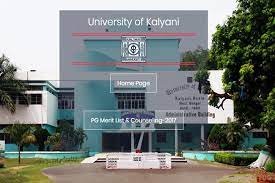


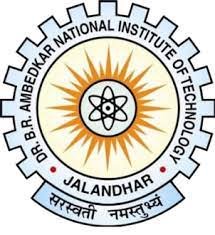
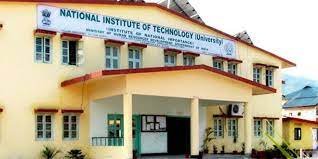
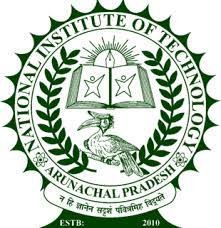

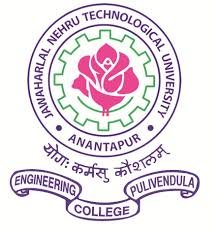

 back
back

